Why is Hatha Yoga Thought to Be an Effective Relaxation Technique?
Hatha yoga is considered to be an effective relaxation technique because the cooling down of the body that Hatha yoga creates following an asana practice, offers the body and the skeletal muscles a much deeper and healing relaxation than you would get if you just laid down to rest.
This is done through the right balance between action (asana, pranayama, mudra), and relaxation (meditation).
The goal of yoga is moving towards self-realization.
Hatha yoga, which is a branch of yoga, includes purification practices, asanas, mudras, and pranayama.
In the Hatha Yoga Pradipika, the most influential text on Hatha yoga, it is said that the purpose of asanas is to “diffuse the consciousness uniformly throughout the body”.
When the body is cleansed through asanas, energy moves freely.
The body that is now ‘rejuvenated and revitalized’ moves towards the goal of self-realization.
In this article, we go in-depth about how exactly Hatha yoga facilitates relaxation, how soon you can notice the effects, and what to do about the things that can come between you and your peace of mind to maximize your relaxation.
Let’s go!
What aspects of Hatha yoga make it good for relaxation?
The practice of relaxation is an important skill that is taught in hatha yoga.
Let us see the different aspects of hatha yoga that make it perfect for relaxation.
1. Creates time for remaining still
What really helps in relaxing the muscles is remaining still.
A physically demanding hatha yoga practice ends with savasana, the corpse pose, which entails keeping the body still like a corpse, but the mind awake and keeping its attention on the body.
With the body still and the mind alert, the feelings can be described as something like a temporary shutting down, which is ideal for feeling relaxed.
2. Balances relaxation with activity
Hatha yoga prescribes an enthusiastic asana practice to be followed by deep relaxation.
Practicing relaxation by itself, which means, without preceding it with vigorous physical activity, can make one lazy as they inhibit the nervous system.
Hatha yoga creates the perfect balance between activity and quiet, heating and cooling, outer and inner to enhance the relaxation effects felt after the practice.
3. Is cleansing for the body
The body is mostly in either of these two modes – cleansing or nourishing.
When the body is still after an asana session, it is in the process of cleansing.
During this time, the mind is consciously taken to various parts of the body, something that happens in systematic relaxation, thus making the limbs and organs more alert.
As a result, the cleansing process is enhanced, which contributes to greater relaxation.
4. Controls the activity of the mind
One of the practices of relaxation after an asana session is body scanning in which the body is still, and the mind is instructed to take its attention to its different parts, from head to toe.
This is followed by a systematic and conscious relaxation of the different body parts, starting from one extreme and following the course of the body, till it reaches the other extreme.
This process requires the mind to be with the body at all times.
It cannot wander to “what’s for dinner”, “why your best friend hasn’t been answering your texts”, or “when is the next basketball match”.
A body scan prevents the mind from drifting, thus enabling relaxation not just for the body but also for the mind.
Feeling impatient about how long you need to practice hatha yoga before you start to feel relaxed? Here is the 101 on that.
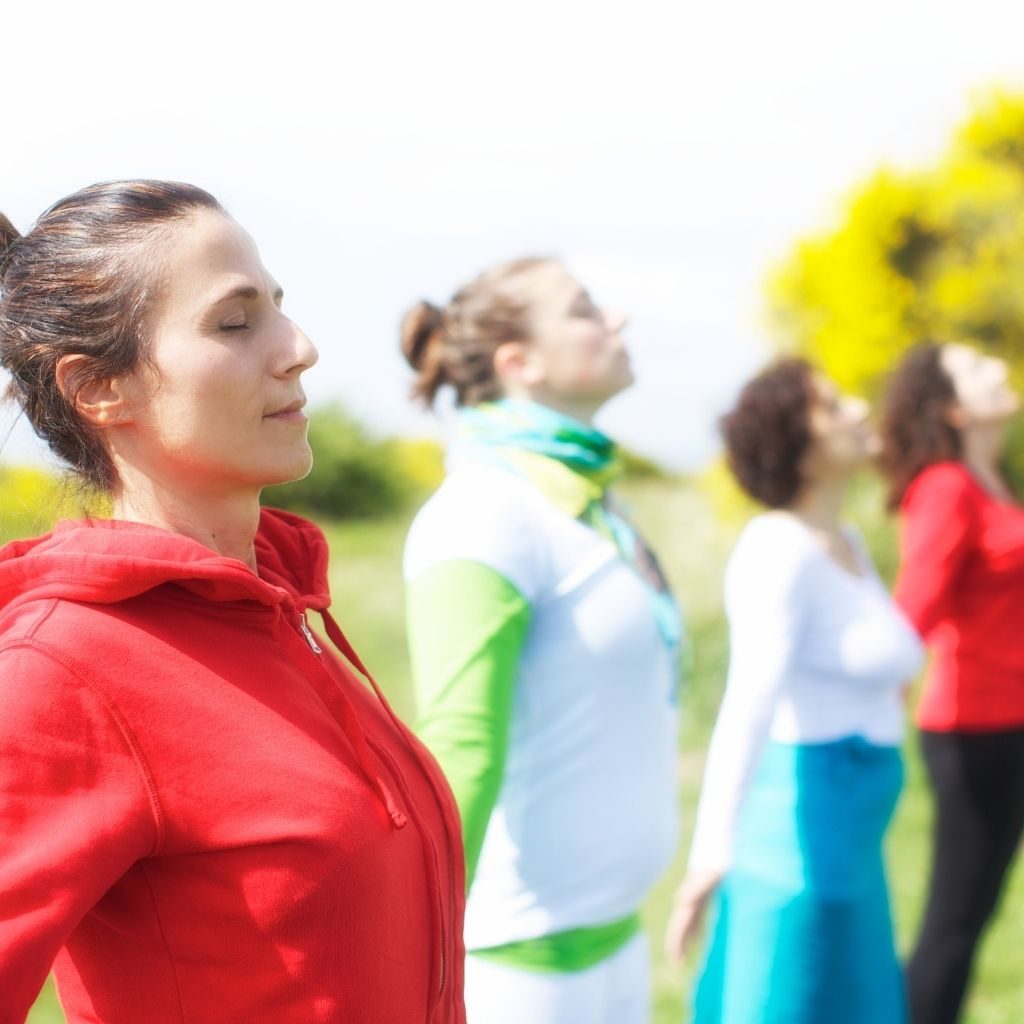
How soon can you feel relaxed after practicing Hatha yoga?
A single yoga class is all that it could take to feel relaxed!
If you go into a hatha yoga class, you will be practicing asanas, breathing exercises, and ending the class with conscious relaxation.
One does not need years of practice to experience the benefits of yoga.
Though there are long-term benefits of regular yoga practice, like improved flexibility and muscle strength, when it comes to relaxation, it is one of the quickest and most tangible benefits of practicing hatha yoga.
Curious about what science says about hatha yoga and its effects on relaxation? Read on.
Is there scientific evidence behind the relaxation effects of Hatha yoga?
Over the years, several studies have shown the positive effects of hatha yoga on relaxation.
Hatha yoga aids in relaxation by improving mood, reducing anxiety, and helping with sleep.
Hatha yoga can reduce cortisol, the stress-producing hormone. Through breathing exercises and meditation, it helps relax the body and mind, which results in better sleep.
Another promising result that emerged in 2016 was that practicing hatha yoga had a therapeutic effect on anxiety.
A study conducted in 2010 showed that when it came to improving mood, those who practiced yoga showed better results compared to those who were using walking as a form of exercise.
Research on elementary school children, done in 2017, showed that practicing yoga at the beginning of school for 8 weeks improved their emotional health and wellbeing.
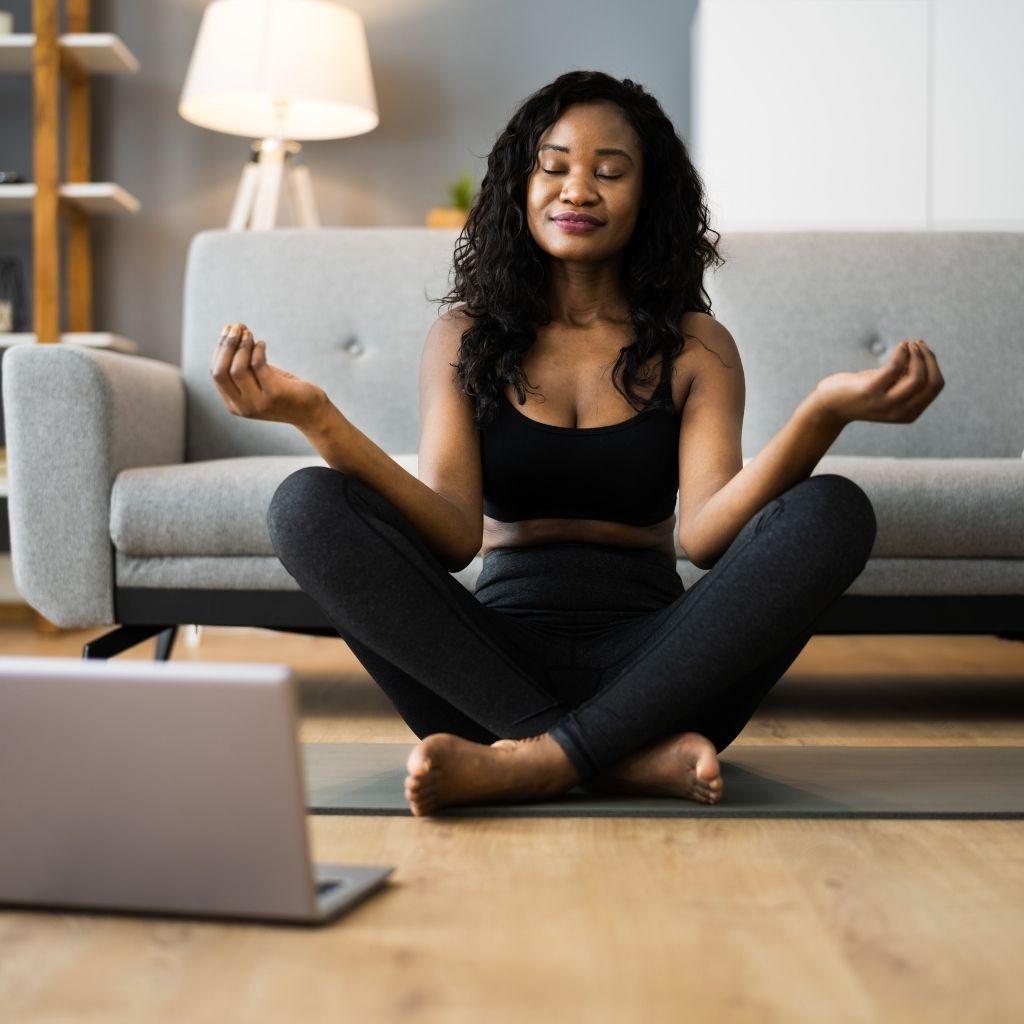
Can Hatha yoga help you relax if you are under severe stress?
If you have been experiencing severe stress and anxiety, and try and calm yourself by sitting into meditation or savasana, something to be aware of is “relaxation induced anxiety”.
In such times, rather than feeling relaxed, you could experience increased anxiety and hence, more stress.
To identify if this is really happening, you could pay attention to the signals of your body.
If your heart feels like it is beating too fast, if there’s discomfort in the head, or if your hands and feet are sweaty, it might be that relaxation is not working and is being counterproductive.
Hatha yoga is an immensely helpful practice in times of severe stress when a physically intense asana session is followed by relaxation.
Bringing the body and mind to rest after vigorous exercise is calming for the mind, something which hatha yoga facilitates.
Is there something that can come in the way when you relax after a hatha yoga session? We need to find this one out.
What can hinder your level of relaxation after a Hatha yoga session?
There are hindrances that can creep in when you relax after asana practice.
These can negatively affect the calmness that you want to create.
1. If you feel pain or discomfort
If pain arises during relaxation, it can greatly hinder one’s level of relaxation.
When the body is in discomfort, the mind is constantly focused on that feeling, creating a diversion and inability to relax.
There are a few ways to overcome this.
You could put a cushion under the knees if there is lower back pain, under the shoulders if there is stiffness in that area, or under the head and neck to support them better.
You could also try and relax with your legs bent, knees together, and feet apart, if a supine relaxation pose feels uncomfortable.
2. A disturbed mind
If you are struggling with difficult emotions and your mind is overworking, you may find it difficult to relax after a hatha yoga session.
While hatha yoga can significantly reduce stress, chronic stress and unprocessed emotions can make relaxation difficult.
This is because as soon as the physical activity stops and the mind is not strong enough to be reined in during savasana, it begins to repeat its negative chain of thoughts.
During such times, a guided relaxation works much better than an unguided savasana.
3. Constant distractions
It can be distracting to be in savasana and have other students shuffling, packing, and leaving.
At the same time, if you are home and you have not put your phone away, even the underplayed buzz of the phone vibrating can take your mind off your practice.
If practicing with others, it is good to be respectful of the class and not leave until the end of the practice.
If practicing by yourself, make sure that for the entire duration of the practice, you create a space that is free from anything that can niggle.
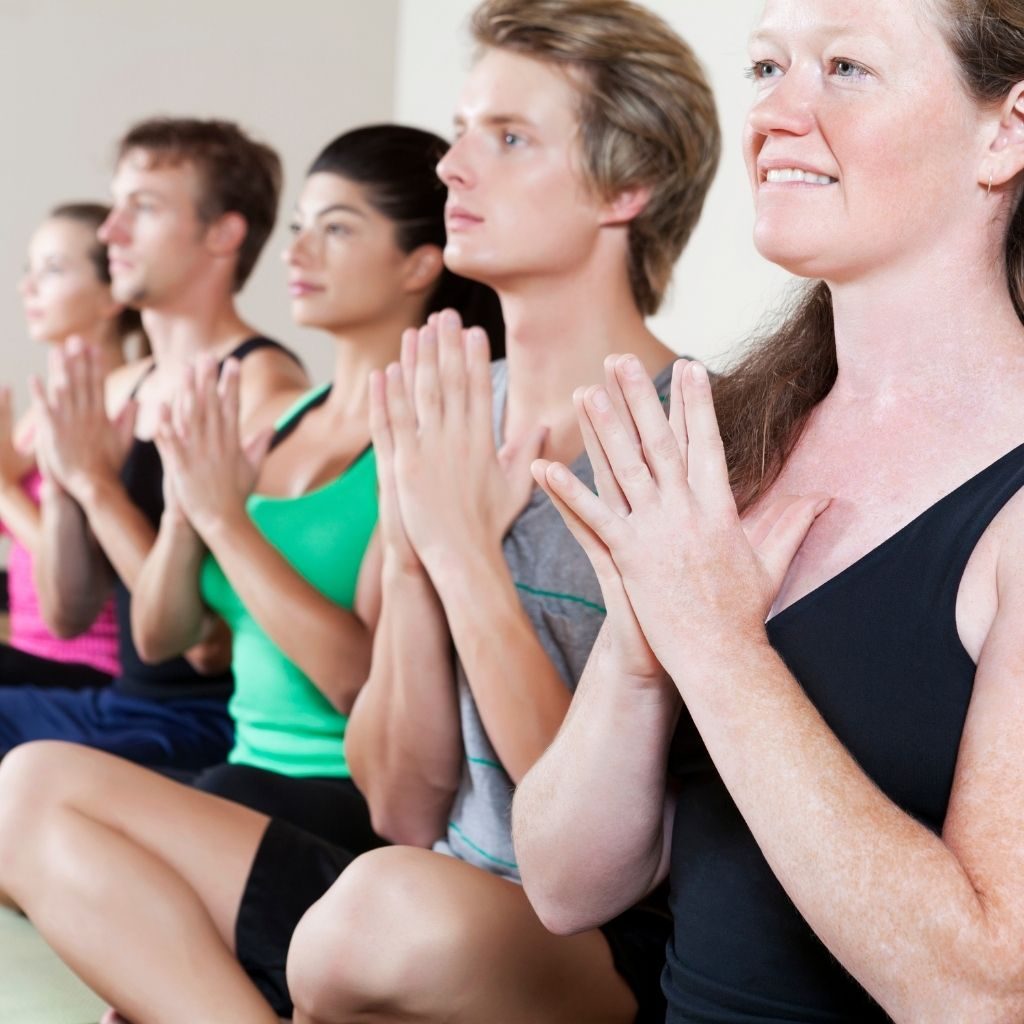
Why is it bad to be competitive when it comes to yoga?
When feeling competitive in yoga, it is important to go back to the basics, which means, understanding the purpose of a yoga practice.
Asanas are simply one of the eight limbs of yoga, which are meant to prepare the body for being able to sit for long hours in meditation, with ease, and in comfort.
Another thing to keep in mind is that yoga does not follow an outcome-based approach.
This means there is no finish line one needs to reach in asana practice.
By being competitive, your attention moves out from your body, your breath, and your practice to something or someone outside of you, and that defeats the whole purpose of yoga.
In the need of some relaxation and wondering which hatha yoga poses you should do?
Here is the list…
3 Hatha yoga asanas to relax
These classic poses from hatha yoga are wonderful for relaxation.
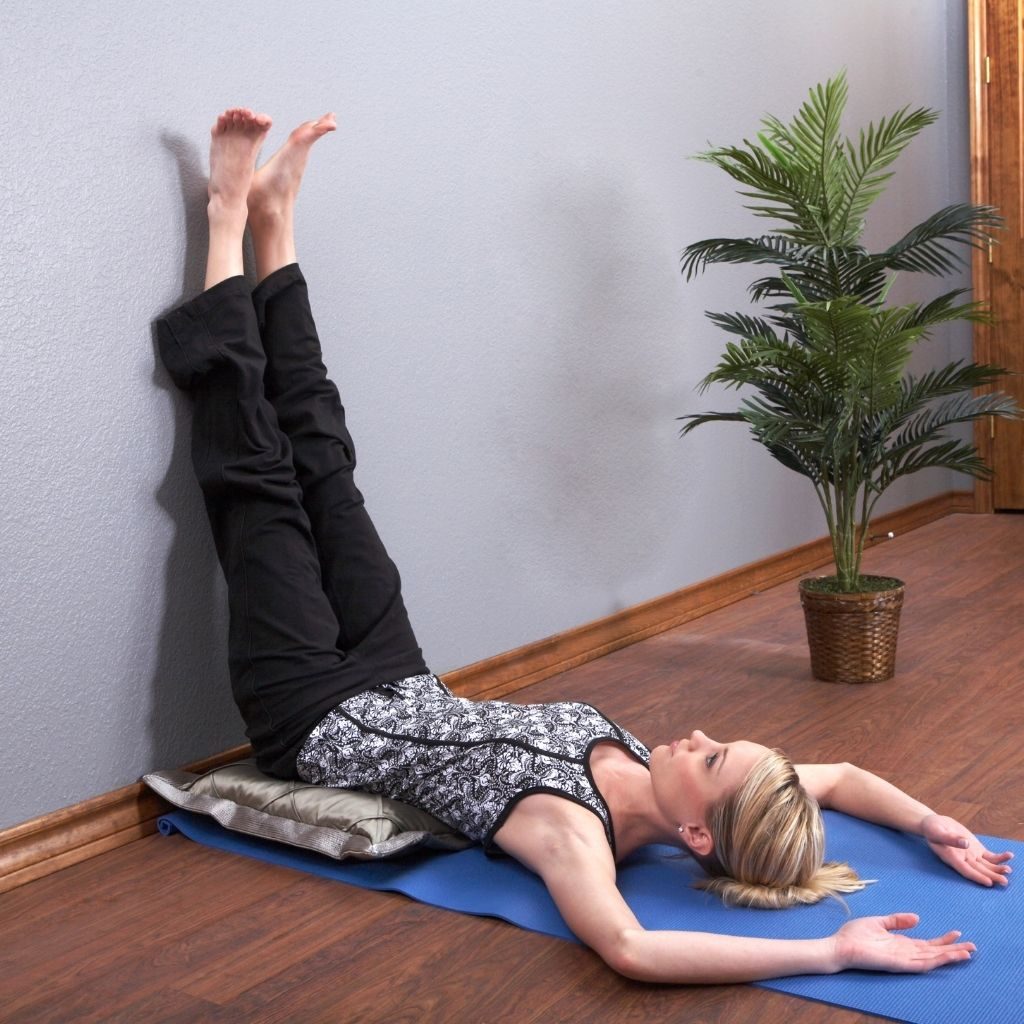
1. Viparita Karani or Legs up the wall pose
This pose is both a mudra and an asana in hatha yoga.
In this pose, the body is fully supported.
As the name suggests, this pose is an inversion where the legs are raised up and supported against a wall.
For extra support, blankets can be inserted under the back, shoulders, and neck.
The benefits of Viparita Karani include finding relief from swollen ankles, regulating blood flow, and treating insomnia.
It is also helpful for those suffering from mild depression.
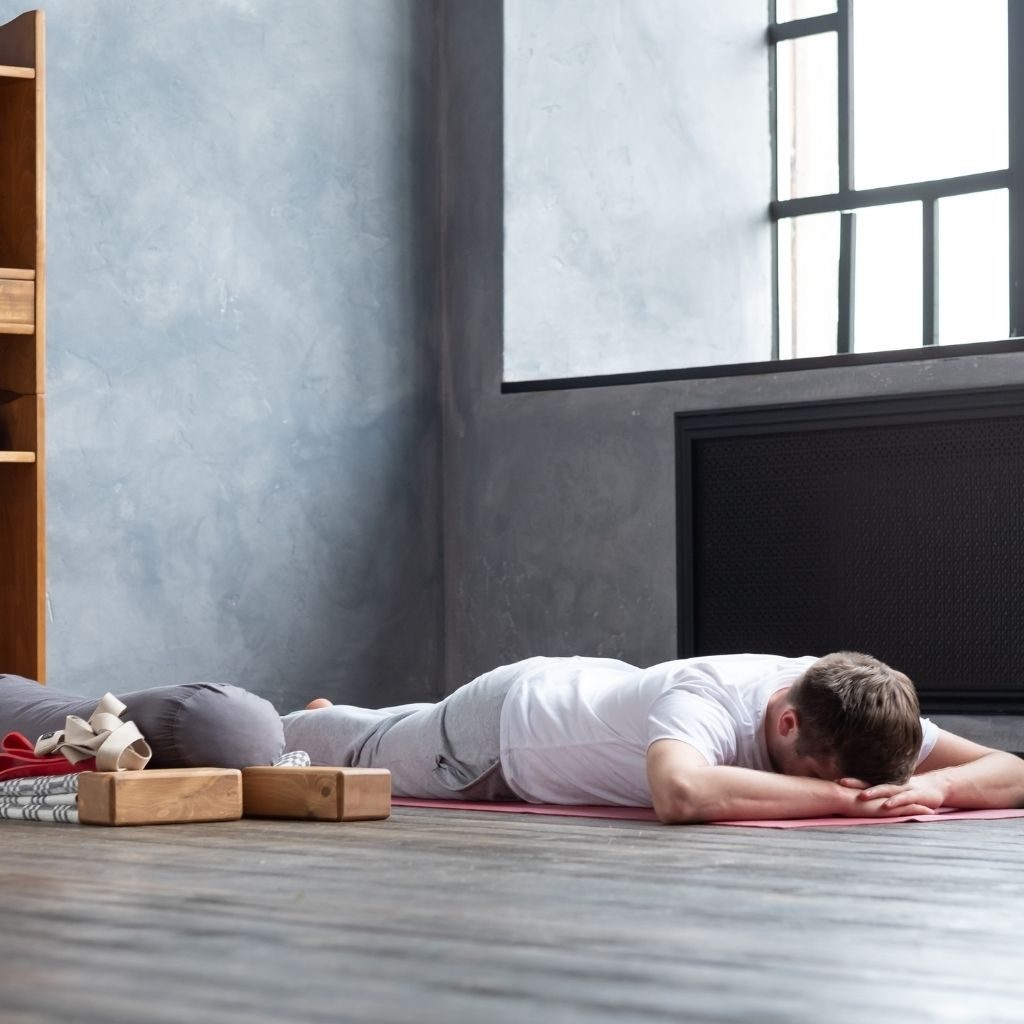
2. Makarasana or Crocodile pose
This classical pose is named so because it resembles a crocodile lying with its head above the water.
It is a great alternative to savasana and is done lying inverted on the mat, on the stomach, with the legs stretched out and apart, and the head resting in between folded arms.
Makarasana has been described to be the best pose to experience diaphragmatic breathing.
It relieves fatigue, relaxes the entire body, and helps to reduce blood pressure.
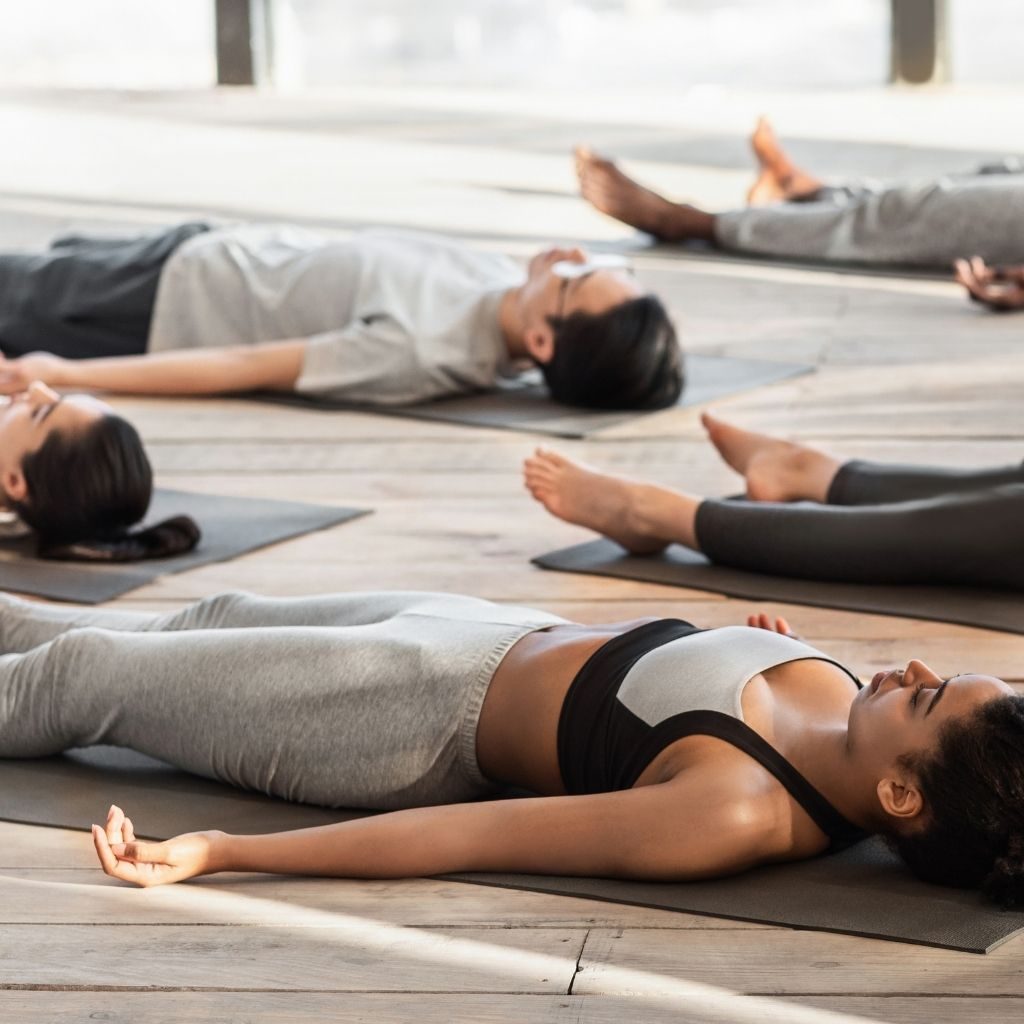
3. Savasana or Corpse pose
This is the most commonly practiced pose for relaxation at the end of a hatha yoga session.
The body is supposed to be as still as a corpse, lying down supine, arms away from the body, and legs stretched out with some distance between them.
This asana creates deep relaxation for the whole body.
It is also very helpful for calming the mind and is helpful for those who are experiencing stress and tension.
It also promotes blood circulation.
In closing
Hatha yoga has numerous benefits for the body and the mind.
It helps to create a sanctuary, a space that is safe and authentic, a shelter from the external and internal fluctuations in life.
Relaxation is just a small window through which you can look into the equanimity that a regular and committed hatha yoga practice can help create.
If you would like to know more about the importance of relaxation training, this article from Yoga International is enlightening.

